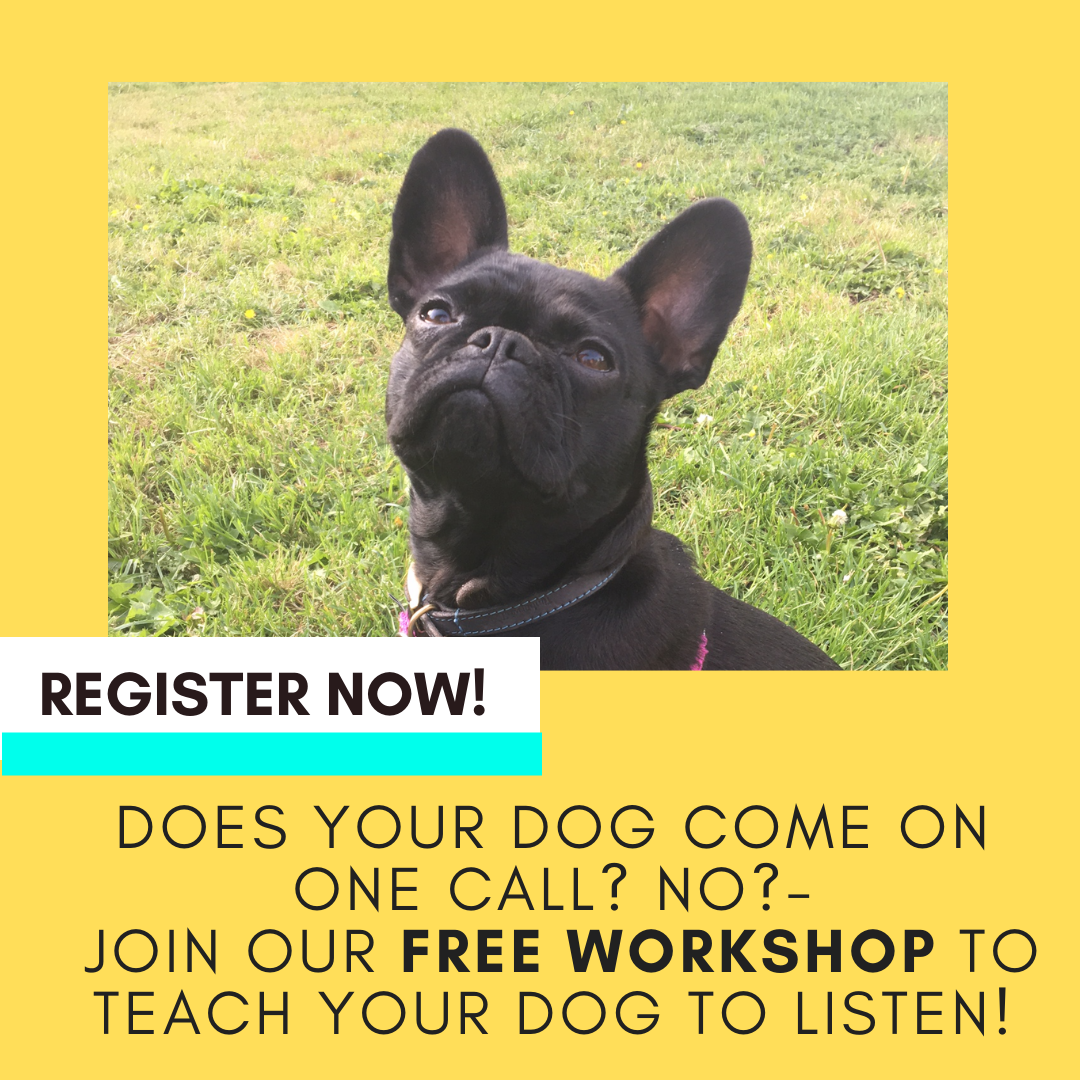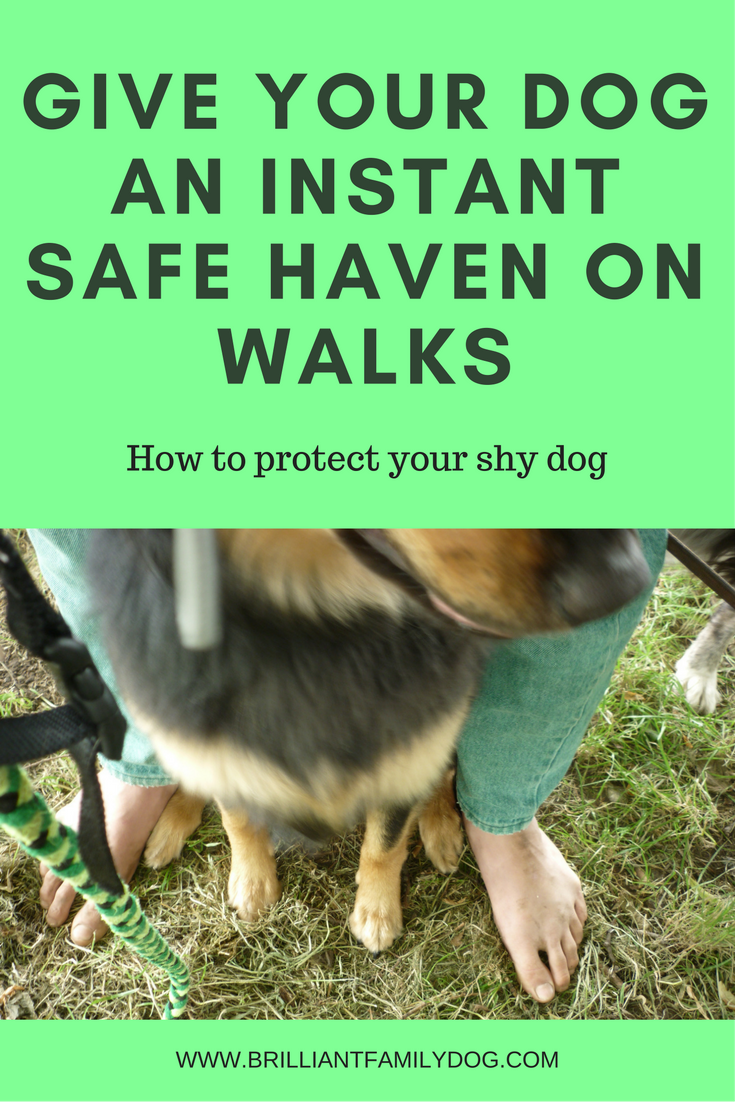I just had the amazing experience of working with over a thousand people in my Free Masterclass Workshop for Growly Dogs
And as ever, I learnt as much as my students did! Only perhaps in different ways.
These were people who had got a dog in the hope of having a companion they could take anywhere - on country walks, visits to friends and cafes, perhaps as an agility star - and what they got was something very different.
They found themselves dealing with a dog who was naturally shy and fearful, or who had had bad learning experiences which coloured his reactions to anything new or different. These dogs continually perplexed their devoted owners, who were doing their best in trying circumstances.
So I was happy to be able to give them some practical advice, along with some thoughts on changing their mindset to help them.
What I learnt was that these people were selfless in their dedication to helping the dog that they got. Not perhaps the dog they had anticipated. But they set themselves to the task of helping this new person in their life with admirable tenacity, continually searching for better answers. And these better answers were what I aimed to give them!
Want to make a start on this change?
Join our free Masterclass and change your dog by changing your mindset!
How will changing my mindset change my reactive dog?
For many, just changing how they thought of their dog made a huge difference in their dog’s behaviour!
Crazy, eh? But true.
If you continually refer to your dog as a rescue dog, a problem dog, a difficult dog, trouble, a nuisance, stubborn, you are giving yourself an excuse to fail.
Once you accept that this dog’s history is just that - history, and that he is now your dog, you have to take responsibility for the situation and make some change happen!
The renowned Veterinary Behaviourist Karen Overall says:
“What we call something matters
because it shapes how we think of it.”
That is SO true! And it’s what many of the Workshoppers found! Changing how they described their dog changed their own perception - and produced some surprising results.
I’d add to this my own saw:
What you expect is what you get
If you call your dog difficult, annoying, troublesome, a rescue .. You are expecting her to behave in that way. And guess what? She will. Once these students changed their way of seeing their dog, the dog miraculously improved!
Of course this goes for children, spouses and work colleagues too. We are very quick to attribute thoughts and motives to other people. Slow down and question that! And get rid of those labels!
How many of us grew up thinking we were “no good at maths” - or art, or music - because of the careless remark of a teacher in infant school? Perhaps we’ve spent our whole life believing an opinion made in a moment when we were 5 years old! Once we get a label we find it hard to see past it, whether it's on ourselves or someone or thing that we’ve labelled.
And this applies to your dog just as much as to you. If you think you’re no good at maths because someone once said this, then saying “We can’t walk past another dog without an outburst” is going to result in … yes! an outburst, every time!
It’s not about the dog
So many of the students in the Workshop had positive results, and were proudly posting of their successes, that I realised that this is a big hole in the approach that many people take to dog training.
They think it’s about making the dog change.
Whereas, in fact, it’s you that has to change!
The added bonus here is that as you remove the labels from your dog, you begin to see her in a new light. You start with a clean slate - just you and your dog. Now you can build that bond so that you know just where you are together - no doubts, no misgivings, no apologies, no blame.
Try it.
Spend today blitzing your mind for those labels and removing them. Speak and think of your dog as … your dog. Think of the good things that she does, the moments of joy she gives you, and describe her as those instead.
Expect only the best from her, and you’ll start to get it.







